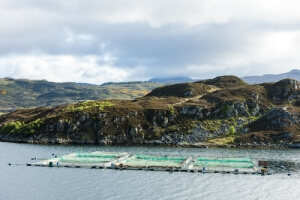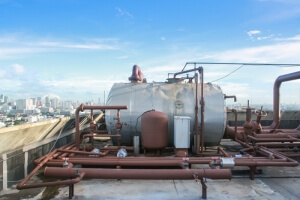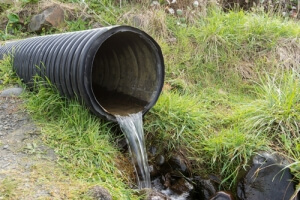It is essential to monitor for abnormalities in water temperature, as the water chemistry can be significantly affected by fluctuations. Whether you are monitoring domestic or commercial water supplies, the temperature should be regularly checked. We would recommend regular water testing for all water supplies and, in agriculture, for continued monitoring of natural water formations. Below are four different industries which benefit from temperature monitoring, as well as why it is so important to do so.
Commercial and domestic aquatic environments

The temperature of water affects the environment which aquatic animals rely upon. The level of oxygen, photosynthesis and other elements of water quality are affected. Aquatic organisms use water temperature as an indicator of seasonal changes and therefore, also an indication of when to migrate and reproduce.
If the temperature of a water body varies dramatically from the stand temperature, this can severely affect aquatic ecosystems. Warm water holds less oxygen, effectively suffocating marine life.
Commercial and domestic fisheries, or indeed any significant aquatic habitat, should be tested to ensure that optimal conditions for life are being maintained.
In Public Environments

In accordance with Health and Safety and COSHH (control of substances hazardous to health) regulations, public building like schools must conduct a regular water temperature test for both hot water boilers and cold water storage, in accordance with Legionnaires legislation.
This is regularly stipulated in risk assessments for sites. In cold water storage tanks, the temperature should never exceed 20°C and it is recommended that only a day’s worth of water is stored at any one time. In hot water cylinders, the temperature must reach 60°C.
Full records must be kept of all tests to comply with regulations. Deviation of temperature away from the accepted norm can lead to a more accepting environment for the breeding and growth of Legionella bacteria. It is not only the public sector that needs to be aware of this risk, and monitoring of water in any environment with hot or cold water storage is recommended.
At risk environments

If you’re at risk of chemical/urban runoff and become concerned about the impact of local developments then it is strongly advised that you regularly test groundwater or any standing water. Monitoring the water prevents contaminated runoff from entering the water supply undetected.
Whilst we have come some way in terms of Health and Safety standards, accidents can occur, and steps should be taken to lessen the risk (if only for peace of mind). A large amount of industrial waste is still regularly dumped and has the potential to contaminate the water supply.
Large Scale Environmental Monitoring

Climate change is affecting our water supplies. Unfortunately, water absorbs a huge amount of thermal energy, so climate change impact is compounded. In fact, water monitoring can be useful for pinpointing any changes in the environment that are reflected in our water supply.
As previously mentioned, a temperature change can have a potentially devastating impact on aquatic life. Both the amateur and professional environmentalist will be able to glean knowledge from the ability to monitor fluctuations in water temperature and quality.
Water is our most valuable resource and should be protected as such. For anyone tasked with the responsibility of public health, water testing is vital. Given that we are facing tumultuous changes in our environment, close monitoring of other water supplies is more important than ever before. If you are looking for equipment to monitor your water temperature of quality then please take a look at our products.
